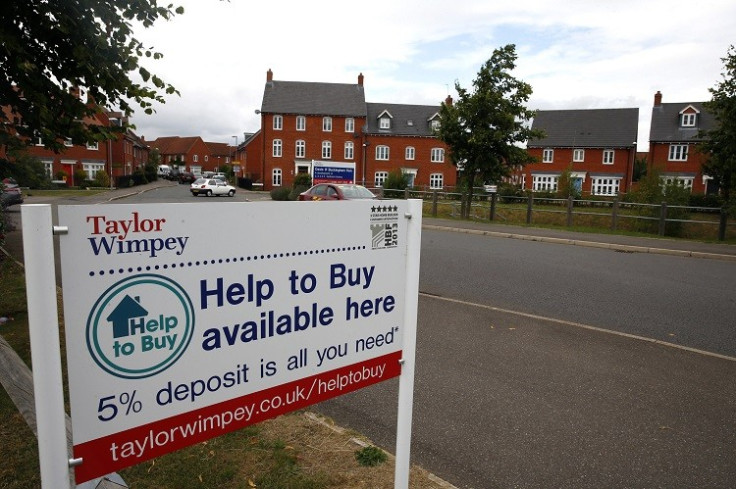IFS: No Evidence of UK Housing Bubble Amid Help to Buy Scheme

There is no housing bubble in the UK but the government should still tighten its controversial Help to Buy scheme so it only supports lending to first-time buyers, according to the Institute for Fiscal Studies.
Various studies of the market show house prices starting to grow again in all regions of the UK amid mortgage stimulus under Help to Buy and a domestic economic recovery.
Critics say Help to Buy is dangerous because it is fuelling demand in the housing market when there is not enough supply, earnings are falling in real terms, and interest rates are abnormally low.
"There is concern among commentators as to whether a housing 'bubble' is developing in the UK," said the IFS in its Green Budget 2014 report.
"A bubble – as opposed to simply an upturn in prices – arises when price trajectories are driven largely by speculative buying based on expected future price increases, rather than by economic 'fundamentals' such as improving underlying economic conditions and easier access to finance.
"On balance, the data currently available do not provide clear evidence of a housing bubble, even in London – though the likelihood of a bubble is greatest there."
The IFS says UK house prices are 9% below their pre-crisis peak in nominal terms and 25% below in real terms, meaning there is a lot of slack in the housing market.
It also points to data from Nationwide Building Society showing the house price to earnings ratio, a useful indicator of a housing bubble, is still following its long-term trend and there is no sudden upturn.
Moreover, mortgage costs are not eating up as much household disposable income as they have historically. Since 1974, the average proportion of UK households spending more than a quarter of their disposable income on repaying the interest on mortgages was 8.5%. In 2011, it was just 5.4%.
House building is also picking up. The volume of new homes registered with the National House Building Council (NHBC) hit 133,670, up 28% on the year before and the most since 2007.
Help to Buy
Despite this, the IFS suggests reigning in the Help to Buy scheme if housing market conditions worsen and house prices in London – which grew 11.5% in 2013, according to Land Registry – soar too much higher.
Help to Buy has two parts. The first offers interest free equity loans to first-time buyers of new build properties worth up to £600,000 in value. The loan from the government is for up to 20% of a property's value and is interest-free for five years. This has helped bring mortgage borrowing costs down, including the deposit requirements, and lowered the barrier to entry for many first-time buyers.
The scheme's second part is a government guarantee for banks on their mortgage lending. A lender can pay a small commercial fee and the government will underwrite a mortgage worth up to £600,000. This is open to all buyers, not just those taking their first step on to the property ladder, and has also reduced mortgage borrowing costs.
"We do not believe there is clear evidence of a housing bubble, though the risk of one developing is clearly highest in London," said the IFS.
"If the risk of a bubble becomes a major concern, the government may want to consider two modifications. First, a reduction in the cap on property value – for example, to £300,000 (half its current value) – would, in addition to targeting the policy on first-time buyers, be likely to have the greatest impact on the London market, where the average price is over £300,000.
"A more significant change would be to restrict the mortgage guarantee scheme to lending on new-build properties. At present, the implicit mechanism by which Help to Buy: mortgage guarantee will encourage greater housing supply is by raising house price expectations.
"Restricting the scheme to mortgages on new builds would mitigate the risk of providing a significant stimulus to demand without inducing an increase in supply, thereby driving up prices."
© Copyright IBTimes 2024. All rights reserved.






